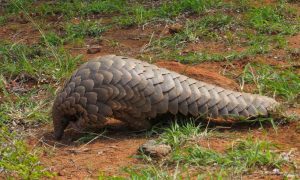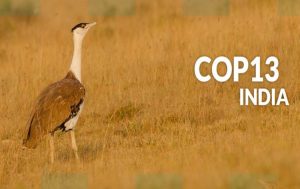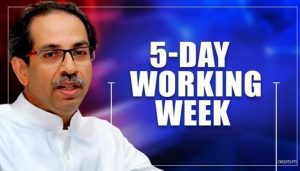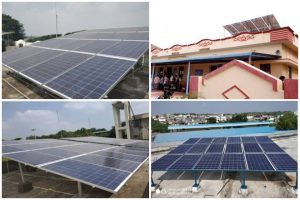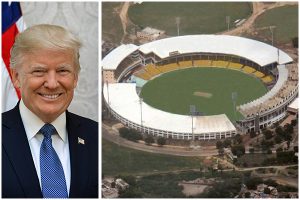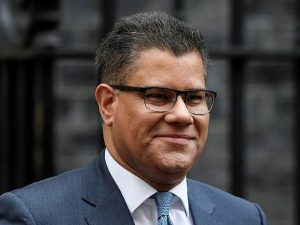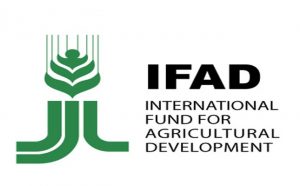VisionIAS
18:27

📰 Women Army officers eligible for permanent commission: SC
Chandrachud dismisses govt.’s view that women are physiologically weaker
•The Supreme Court on Monday dismissed the Union government’s submissions that women are physiologically weaker than men as a “sex stereotype” and declared that Short Service Commission (SSC) women officers are eligible for permanent commission and command posts in the Army irrespective of their years of service.
•“Women officers of the Indian Army have brought laurels to the force… Their track record of service to the nation is beyond reproach. To cast aspersion on their abilities on the ground of gender is an affront not only to their dignity as women but to the dignity of the members of the Indian Army — men and women — who serve as equal citizens in a common mission. The time has come for a realisation that women officers in the Army are not adjuncts to a male dominated establishment, whose presence must be ‘tolerated’ within narrow confines,” a Bench of Justices D.Y. Chandrachud and Hemant Gupta observed in a 54-page judgment.
•The verdict came on a nearly 10-year-old appeal filed by the government against a March 12, 2010 decision of the Delhi High Court to grant SSC women officers permanent commission. The Supreme Court ordered the government to implement its judgment in three months.
•The order castigated the government for submitting a note containing written submissions portraying women as physiologically unfit for answering the “call beyond duty” of the Army. The note had shown women officers in a poor light, saying isolation and hardships would eat into their resolve and that they would have to heed to the call of pregnancy, childbirth and family. The note had mentioned that women ran the risk of capture by enemy and being taken prisoner of war.
•Justice Chandrachud, who wrote the judgment, countered that 30% of women officers were deputed in conflict zones. He said the note screamed of the age-old patriarchal notion that domestic obligations rested only with women. The court found the remarks in the note not only constitutionally invalid but also discriminatory, affecting the dignity of women officers.






